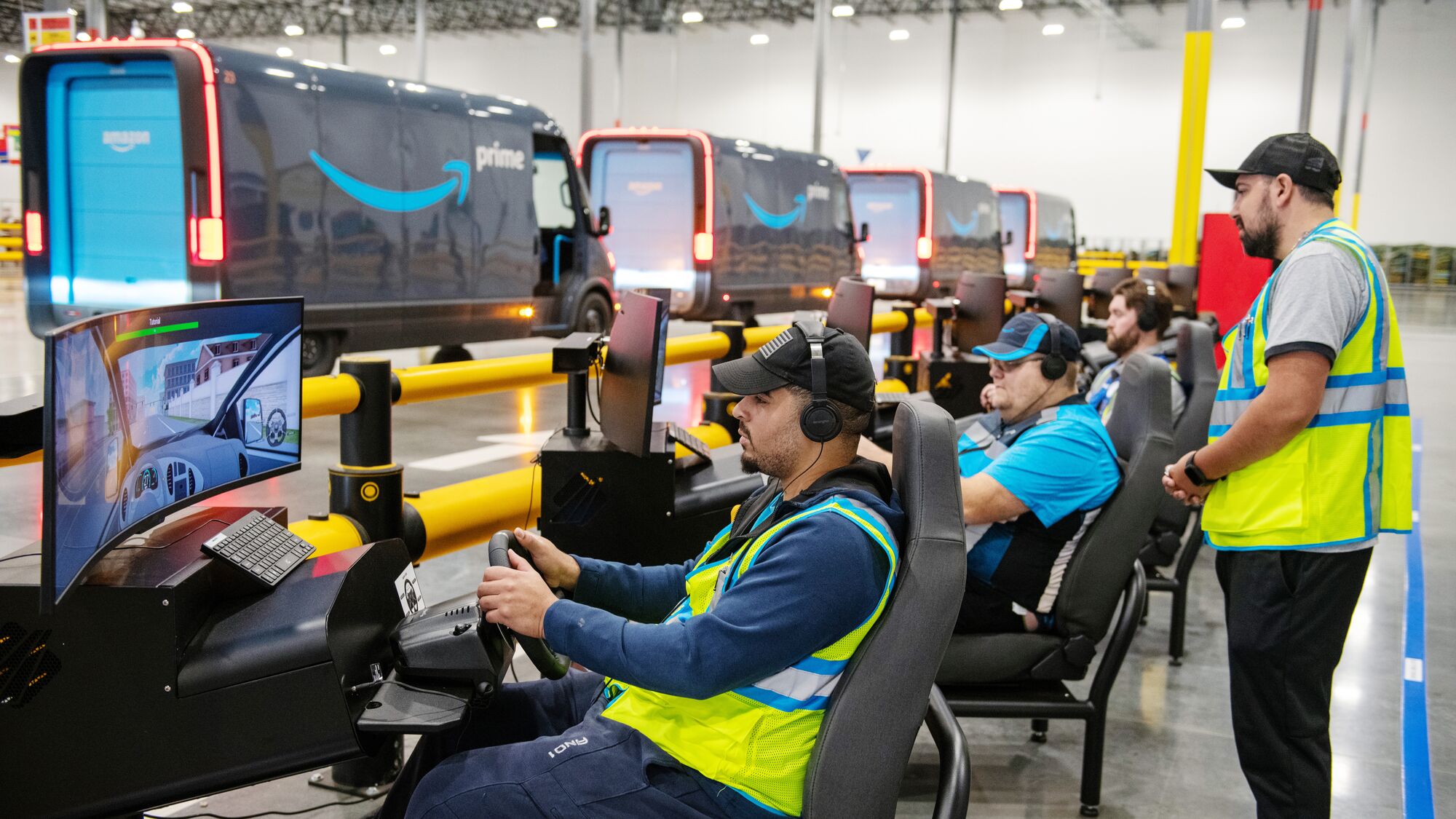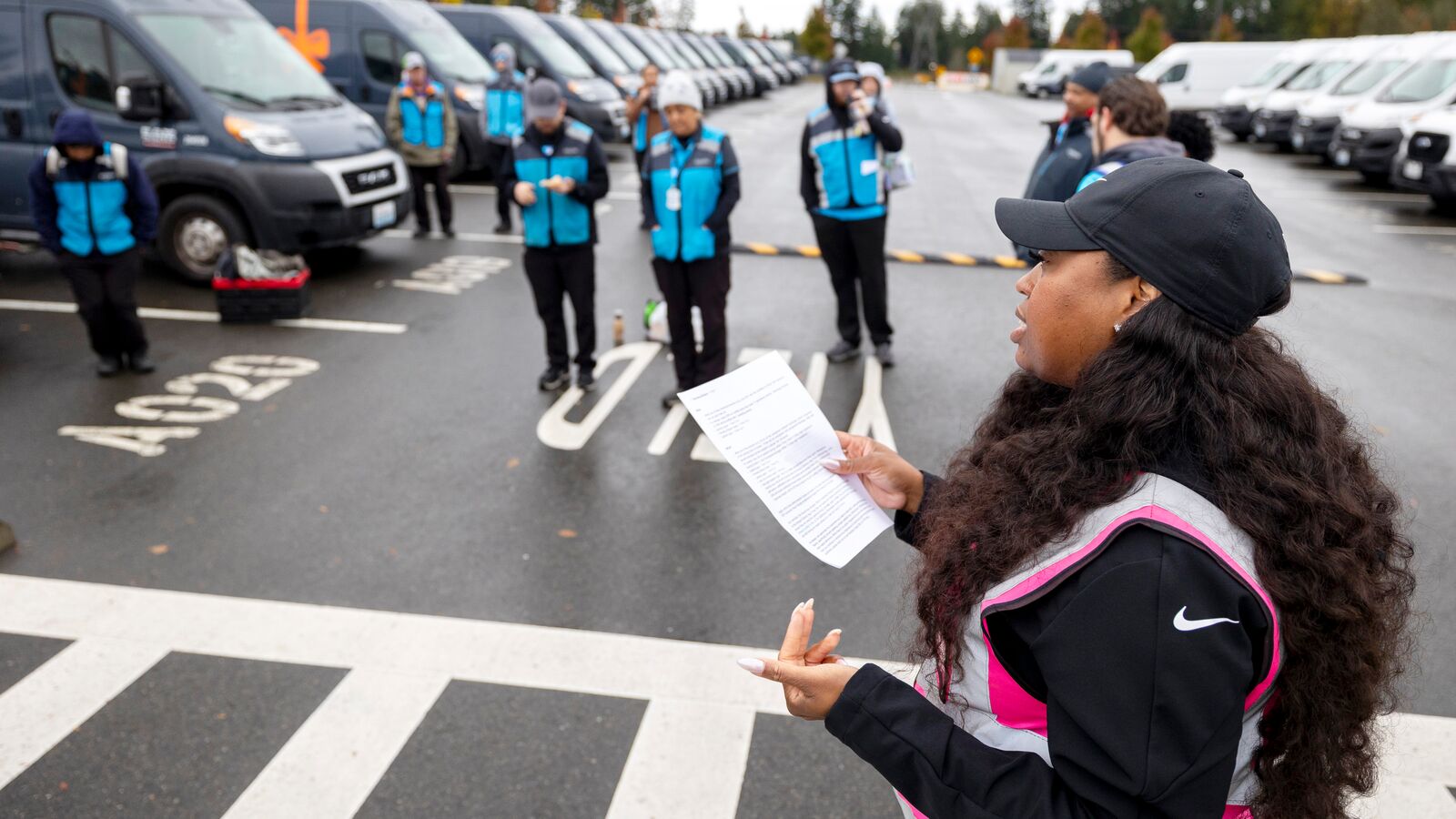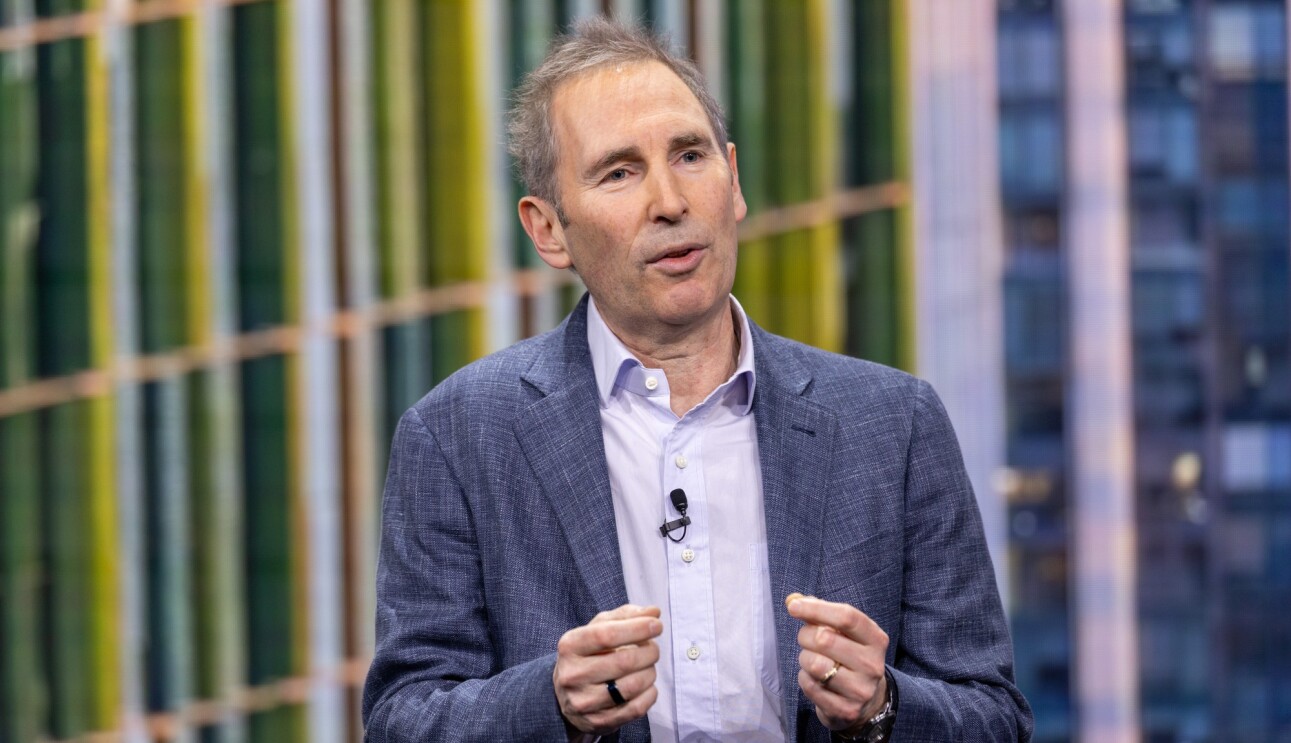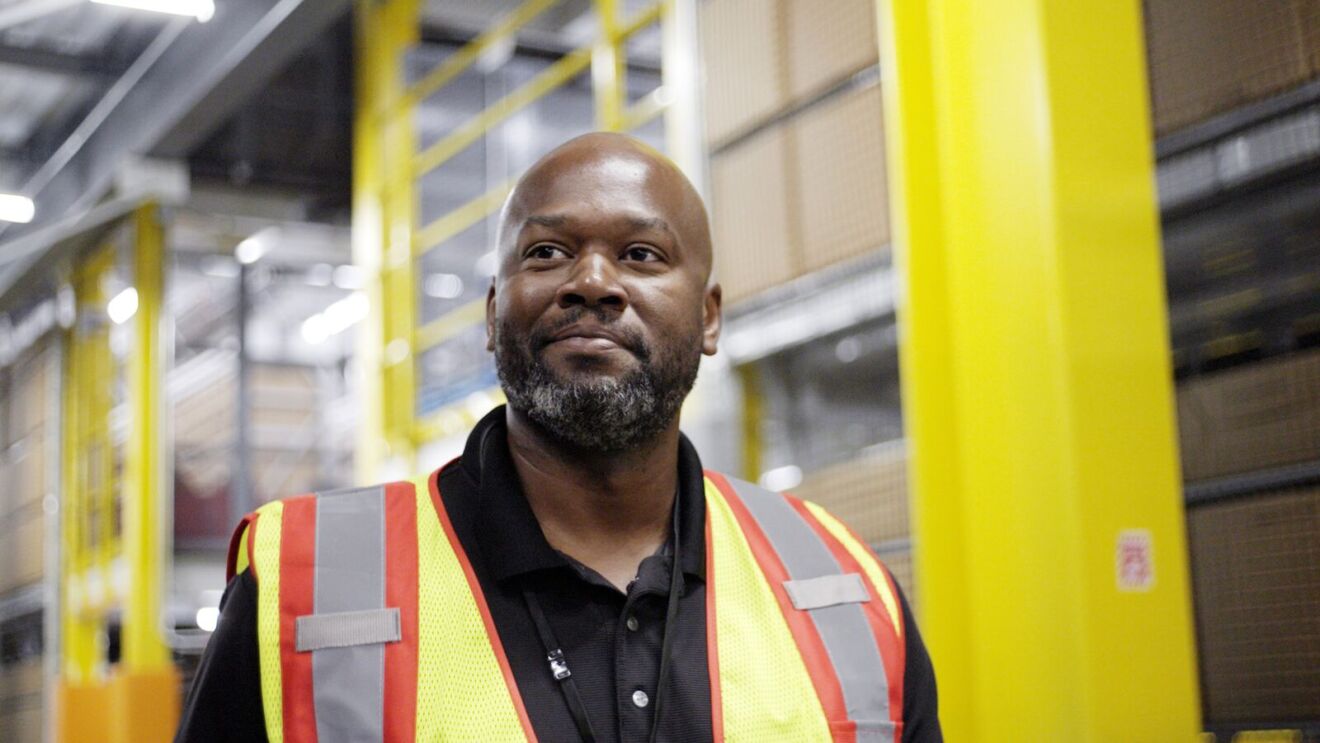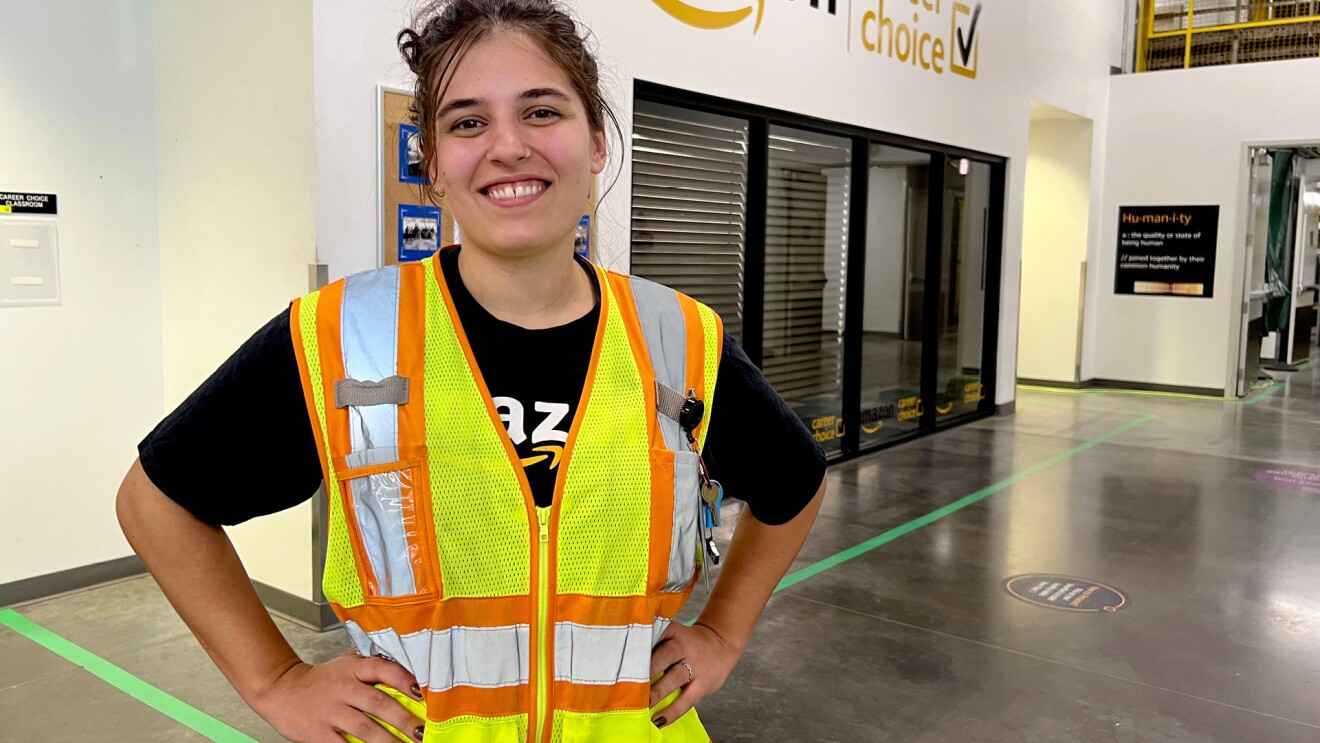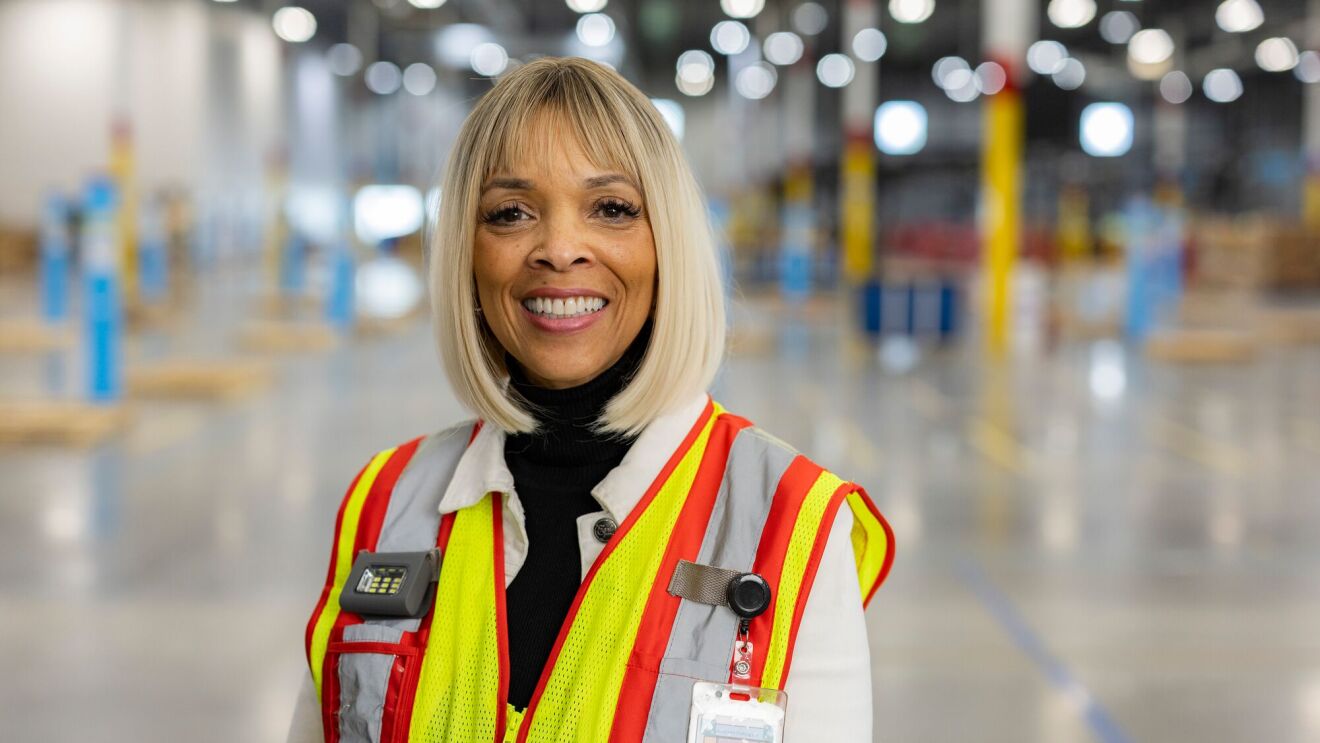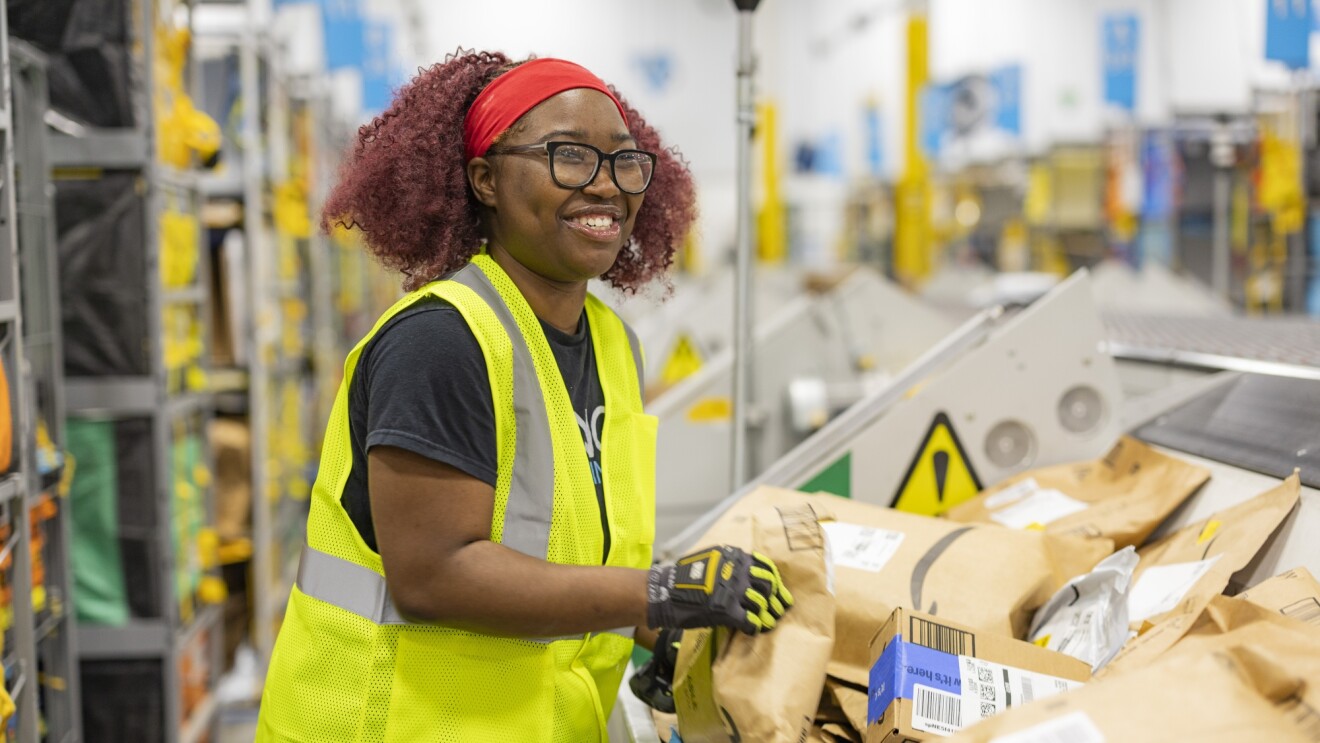Key takeaways
- Amazon's weather team monitors storms to help employees and partners stay safe in winter.
- Delivery partners are equipped with safety gear, including ice cleats, snow shovels, hand warmers, warming kits, and more.
- All delivery vans must have functioning heat, or the vehicle is immediately grounded.
As temperatures drop and snowflakes start to fall in many regions across Amazon’s vast logistics network, our busiest season is underway. The arrival of winter weather creates a unique set of challenges that require careful planning and execution.
Every day, teams across the company are focused on our top priority: keeping our employees and partners safe, no matter the weather. This team includes Ty Smith, one of Amazon’s dedicated meteorologists. Smith and his team examine seasonal forecasts, assess potential weather impacts on our operations network, and provide our site leaders and partners with the information they need to help keep teams safe when weather conditions change.
While winter weather is particularly difficult to predict, our dedicated in-house meteorology team’s goal is to provide accurate and timely information to help Amazon’s network and its partners make informed decisions before, during, and after extreme weather. We sat down with Smith to understand how he collaborates with operations teams across Amazon to predict potential weather impacts and helps them prepare.
Winter weather is just around the corner, and in some places, it’s already here. Can you share how you and your team help Amazon and our partners prepare for harsh winter conditions?
Our approach to severe weather is simple: anticipate every possibility so we can minimize risk and help keep everyone safe. Winter storms are among the biggest disruptors for any transportation and logistics company, which is why we leverage predictive meteorology to guide operational decisions.
Alongside regular training exercises, our predictive forecasting capabilities help us develop clear action plans so employees and partners know how to respond to changing conditions. This, paired with closely tracking travel advisories, informs adjustments to delivery drivers' routes, along with potential changes to employees' shifts at our operations sites.
Across our transportation network, teams are in constant communication with our critical incident response teams—the groups that track and respond to safety-related issues—enabling comprehensive monitoring and planning.
We communicate in real time with our delivery partners and their teams via text messaging and in-app notifications before, during, and after weather events, so they have the latest forecasts and mitigation plans. The same goes for leadership teams on-site. In addition to these adjustments, we've developed protocols to help decision-making related to opening and closing operations during inclement weather—prioritizing people's safety above all else.
 From left: Amazon chief meteorologists Josh Hartman and Ty Smith.
From left: Amazon chief meteorologists Josh Hartman and Ty Smith.How exactly does Amazon equip employees and partners to handle winter conditions? What kind of measures are they taking?
As winter approaches, we proactively verify we’ve got the right equipment and gear for various weather conditions for employees in our buildings as well as Delivery Service Partners (DSPs) and their Delivery Associates (DAs) on the road.
While all our operations sites are climate controlled, some employees spend part of their shift outdoors. To help keep them safe, we install ice plates outside our buildings and ensure parking lots and walkways are regularly cleared of snow to prevent slips, trips, and falls. We also equip employees with winter weather apparel—including gloves, hats, outerwear, hand warmers, and ice cleats—and when temperatures drop below freezing, they’re required to take breaks in warm indoor areas.
For those on the road—all DSPs’ vehicles must have functioning heat, or the vehicle is taken out of service. If the wind chill drops or precipitation increases, we proactively adjust routes to help keep drivers safe. In addition, DAs are provided with a list of indoor break spots—like gas stations and restaurants—in the Amazon Delivery app. This ensures DAs always have a warm, safe place to take breaks. Drivers are encouraged to warm up whenever they need to, in addition to the existing 30-minute meal break and two 15-minute rest breaks already built into their daily routes.
On top of operational measures, ensuring drivers have the right winter gear is just as important. We provide winter supplies for DSPs and their DAs, including ice scrapers, ice cleats, snow shovels, warm-up kits, snow removal roof rakes, first-aid kits, roadside emergency kits, flashlights, and reflective safety vests to help facilitate visibility during shorter periods of daylight while delivering.

Does Amazon provide any safety training to ensure people feel prepared for inclement weather?
Absolutely—we believe training is key to readiness. Operations site leaders participate in sitewide drills and exercises that cover important aspects of winter weather safety. This includes teaching them how to recognize risk factors for cold stress, signs and symptoms of cold-related injuries and illnesses, and knowing how to report incidents quickly. Our employees are always encouraged to reach out to their manager or HR with any concerns about safely commuting during winter weather.
For all delivery partners on the road, we emphasize that drivers should never make a delivery if they feel unsafe, and they’re empowered to return to the station if at any time they feel their health or safety is in jeopardy.
We also provide DSPs training for their DAs on how to walk on snow, ice, slippery surfaces (in their ice cleats), and how to exit a vehicle safely while using three points of contact to prevent slips, trips, and falls. For instance, at our Last Mile Driver Academy, DAs participate in training that simulates what it’s like to walk on ice, providing simple, easy-to-remember methods to stay focused and safe—more than 110,000 drivers have completed this dynamic training.
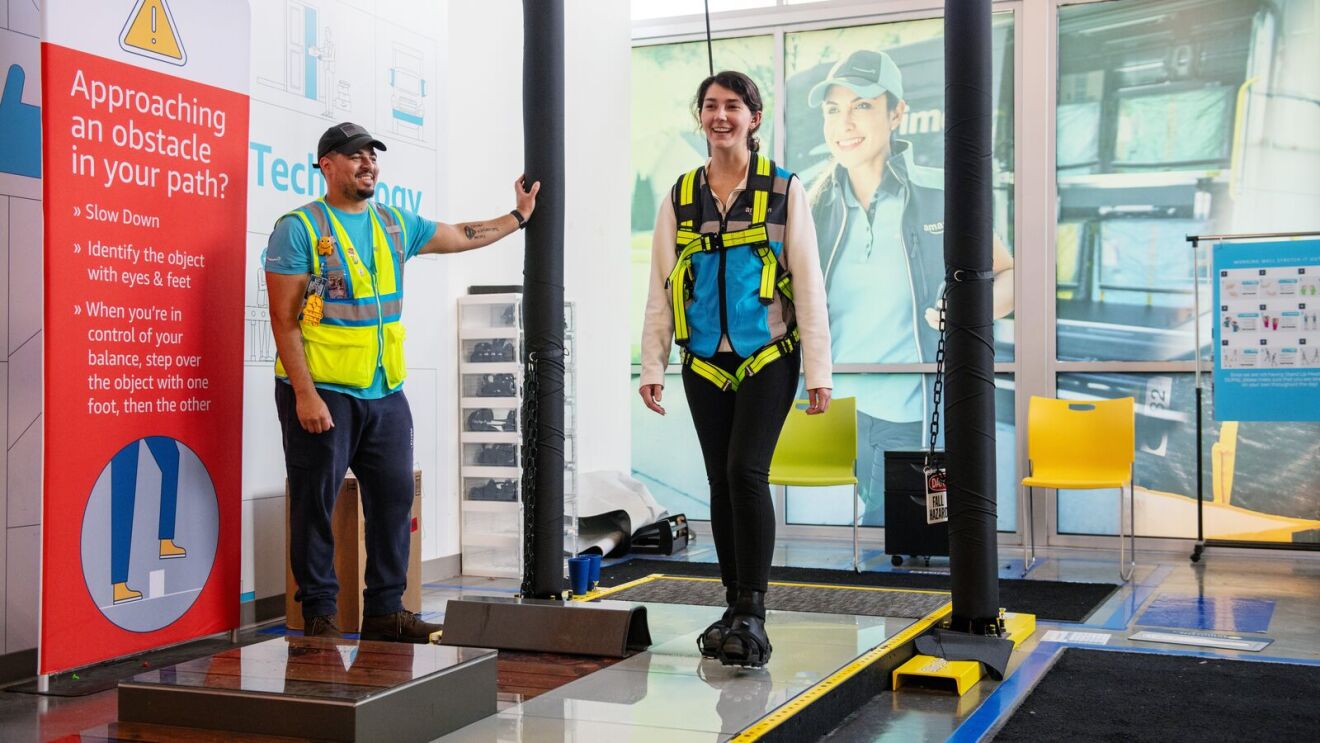
Coupled with continuous learning tools on winter safety best practices, drivers are empowered to make safe decisions when faced with a winter weather situation, while always knowing that no delivery is more important than their safety.
Can you share any specific examples of how your team's weather forecasting and early warnings have helped prevent accidents or disruptions in the past?
Last year, our meteorology team spotted early signs of what would become historic snowfall—Winter Storm Enzo—stretching from Houston to New Orleans to Savannah. Several days before the storm arrived, they shared detailed forecasts with operations leaders and DSPs, outlining expected timing, impact zones, and likely disruptions.
That early insight allowed teams to adjust ahead of time. So, when Enzo ultimately dropped up to 10 inches of snow from New Orleans through the Florida panhandle and along the I-10 corridor—shutting down major roadways—we were prepared because we’d proactively closed sites and rerouted drivers to help keep people safe.
This year, we’ve improved our precision even further—we’ve enhanced our winter weather safety protocols to give us a more accurate, locally tailored response to snowfall and severe weather.
Are there any tips for Amazon customers to help keep delivery drivers safe when they’re delivering?
Yes, we can all play a role in safety.
During the winter, people making deliveries—in vans, cars, e-bikes, or on foot—are often working in the dark, especially now that daylight fades earlier. Customers can help keep them safe by turning on outdoor lights sooner, salting and clearing snow from walkways and driveways, securing pets, and when on the road, maintaining a safe following distance appropriate for the weather and road conditions.
Why are these measures so important to Amazon and its operations?
Because nothing’s more important than the safety of our employees and partners. Every decision we make, including during severe weather, is grounded in their safety and well-being.
Trending news and stories
- Everything you need to know about ‘Thursday Night Football’ on Prime Video
- ‘Thursday Night Football’ 2025 schedule: How to watch live on Prime Video
- How to watch ‘Oh. What. Fun.’ on Prime Video
- How Amazon Pharmacy has helped customers save more than $100 million on prescription medications like GLP-1s and insulin


